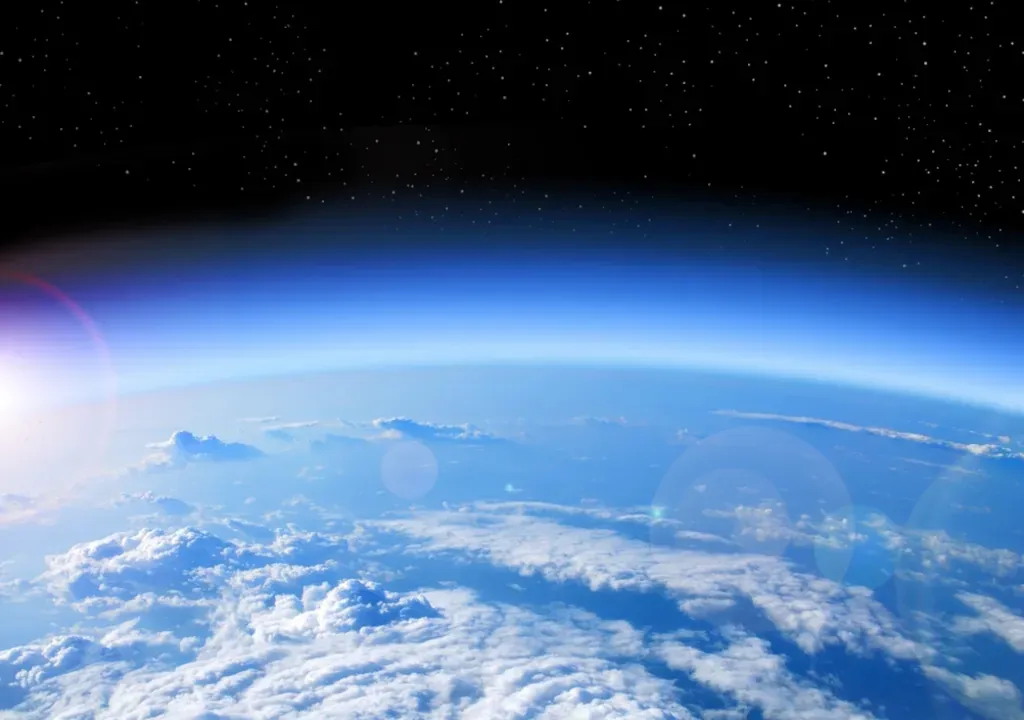The looming deoxygenation event that could impact Earth serves as a stark reminder of the fragility of our planet’s life-supporting systems. This realization aligns with the age-old wisdom encapsulated in the proverb, “forewarned is forearmed.” The persistent efforts to discover habitable planets gain even greater significance in the face of this impending challenge. Such endeavors become not just a pursuit of scientific curiosity but a vital necessity, given the potential future scarcity of oxygen on Earth.
The gravity of this situation is emphasized by a recent study published in the esteemed journal Nature Geoscience. Led by environmental scientist Kazumi Ozaki, the research team employed sophisticated models to simulate the evolution of gases within our atmosphere, encompassing climatic, biological, and geological systems. Through a staggering 400,000 simulations, they meticulously explored the intricate interplay of these factors.
In their pursuit of understanding, the researchers adopted a combined model of biogeochemistry and climate. This comprehensive approach aimed to unravel the likely timescale of oxygen-rich atmospheric conditions on Earth. The study delved into the nuanced changes in sunlight intensity, variations in carbon dioxide levels, and shifts in the terrestrial biosphere. Intriguingly, the outcome of their extensive analysis pointed toward a future Earth abundant in methane, ultimately leading to the depletion of oxygen.
While the notion of depleting oxygen levels might evoke immediate concern, the timeline provided by the study offers a reassuring perspective. According to the projections, this critical shift in our atmosphere is anticipated to unfold over an astonishingly long period—a billion years. This lengthy timeline, though providing solace for present generations, also underscores the dynamic nature of planetary processes and the importance of adopting a far-sighted approach to environmental sustainability. As we grapple with the challenges of today, the study prompts contemplation on the need for responsible stewardship of our planet to ensure its longevity and the well-being of future inhabitants.
The future echoes the past
This configuration of a deoxygenated atmosphere, as predicted by the study, echoes a profound chapter in Earth’s geological history. Delving into the annals of time, we discover that our planet has traversed a comparable stage known as the Archaean (or Archean Eon), approximately 4 billion years ago. During this ancient era, the atmosphere bore a stark contrast to the oxygen-rich environment we currently experience—it lacked free oxygen. The conditions prevailing during the Archaean Eon set the stage for the intricate dance of planetary processes, laying the foundation for the complex interplay of geological, climatic, and biological systems.
However, the narrative takes a fascinating turn with the advent of the so-called Great Oxidation Event (GOE), a pivotal moment in Earth’s history that unfolded around 2.4 billion years ago. This transformative episode marked a radical shift as oxygen levels in the atmosphere experienced a dramatic surge. The driving force behind this notable change was the emergence of the first photosynthetic organisms, capable of harnessing sunlight to produce oxygen. These groundbreaking organisms, often considered the pioneers of life as we know it, introduced a game-changing dynamic to our planet’s atmosphere.
The Great Oxidation Event stands as a testament to the resilience and adaptability of Earth’s biosphere. It not only revolutionized the composition of our atmosphere but also paved the way for the evolution of increasingly complex life forms. Understanding these historical shifts not only provides insights into the dynamic nature of our planet but also prompts contemplation on the potential trajectories of planetary atmospheres over the vast timescales of the cosmos. As we peer into Earth’s past, we gain valuable perspectives that inform our understanding of the intricate dance between life and the environment on our ever-evolving planet.

The primary reason for the end of oxygen, according to the study, lies in the aging process of the Sun, which, over the years, will heat up further and release more energy. This will lead to a reduction in atmospheric carbon dioxide, as CO2, absorbing heat, breaks down. “We are talking about approximately a million times less oxygen than what we have today.”
“We found that future deoxygenation is an inevitable consequence of increasing solar fluxes,” supports the study.
Moreover, the quest for habitable planets extends beyond the reliance on oxygen as the sole indicator of potential life. Researchers stress the importance of diversifying the search by tracking various biological signals that may exist in extraterrestrial environments. This shift in focus aims to broaden our understanding of the conditions that could support life forms differing from those found on Earth. NASA’s NExSS (Nexus for Exoplanet System Science) project plays a pivotal role in advancing this multidimensional approach. By combining expertise in astronomy, biology, and planetary science, the project explores the intricacies of habitability on planets beyond our solar system. Through NExSS, scientists collaborate to analyze data from telescopes and space probes, seeking signatures of life that extend beyond the traditional markers. This pioneering initiative represents a significant leap forward in our exploration of the cosmos, challenging conventional notions and opening up new possibilities for the discovery of life in the vast expanse of the universe.

Meanwhile, a contrasting concern grips certain regions as severe frosts are forecasted, with temperatures plummeting to as low as -20°C in the upcoming days. The affected areas are on alert as they brace for these extreme cold conditions. Residents and authorities are advised to take necessary precautions to mitigate the potential impacts on daily life, infrastructure, and agriculture. The looming frost raises questions about the adaptability of local ecosystems and underscores the importance of preparedness in the face of unpredictable weather patterns. As meteorologists closely monitor the situation, the need for public awareness and safety measures becomes paramount, emphasizing the significance of proactive measures to navigate and endure the challenges posed by the impending cold spell.

Related Content
- Earth close to ‘risk tipping points’ that will damage our ability to deal with climate crisis, warns UN
- Earth’s ‘vital signs’ worse than at any time in human history, scientists warn
- Hand Draw Ecological Earth Day Logo Mens T-Shirt men t shirt
- Labour declares historic byelection wins a ‘political earthquake’
- Earthquake strikes Afghanistan region still reeling from week of devastation
- Life on earth will have a suffocating end the oxygen levels will drop
- The end of oxygen on earth already has a date
- Oxygen on earth will end this is what study from NASA’s NEXSS project says
